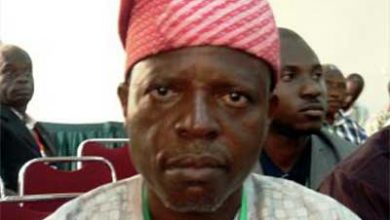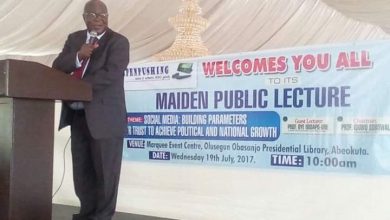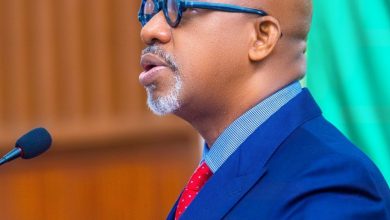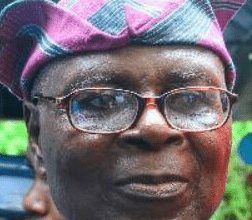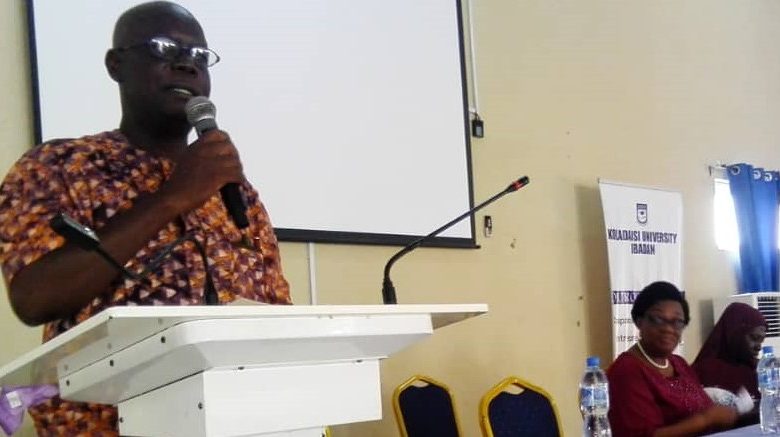
For the record: Lecture on ‘Fake News and Journalism: Issues, Challenges and Way Forward’ delivered by Prince Dimeji Kayode-Adedeji, Founder, Penpushing Media at the maiden edition of annual lecture of Association of Mass Communications Students (AMACOS), KolaDaisi University, Ibadan on Monday, May 31, 2021.
PREAMBLE:
Without much ado, I observe all protocols, and I need to say this before going into the lecture proper that I am delighted for considering me worthy for this epoch-making lecture, which I see as very unique.
When I say unique, let me quickly elucidate on this. Indeed, this is the maiden edition of the department lecture, and I also vividly recalled that students of this department were also part of the first edition of Penushing Media lecture four years ago. With this, I think you will all agree with me that this even is clearly exceptional.
This lecture will analyze the topic, as provided by the organizers, but we should note that we cannot talk about journalism and leave out the practitioners. What am I saying? It is simple. Let me address who is a journalist, as our first point?
WHO IS A JOURNALIST?
A journalist, simply put, is an individual trained to collect/gather information in form of text, audio or pictures, processes them to a news-worth form and disseminates it to the heterogenous public. The act or process mainly done by the journalist is called journalism.
WHAT IS JOURNALISM?
Journalism is the activity of gathering, assessing, creating, and presenting news and information for dissemination to a large myriad of audiences across the globe. It can be distinguished from other activities and products by certain identifiable characteristics and practices. Journalism is the production and distribution of reports on current events based on facts and supported with abundant proofs or pieces of evidence.
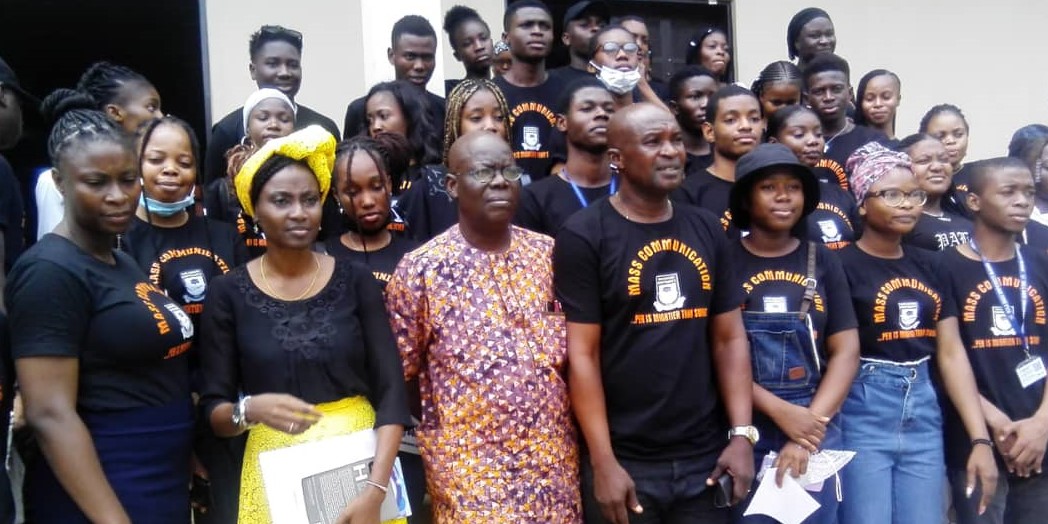
Without doubt, these elements not only separate journalism from other forms of communication, they are what make it indispensable to democratic societies. History reveals that the more democratic a society, the more news and information it tends to have, particularly to help nurture democracy. Journalistic media include print, broadcast – which involves television and radio stations – and online (Internet).
Indeed, the number of digital tools that can simplify and speed up all the different jobs of a journalist is growing every day, and luckily journalists have more tools at their disposal than ever before.
We should, in all honesty, also be mindful of the followings: journalism is essential in society, commitment from the practitioners, bias and objectivity, as well as tools to manage bias, committed observer, verification and accuracy, journalism as a discipline of verification and what makes a good story.
Others to be noted are good stories are important and interesting, good stories prove their relevance, good stories use detailed information, good stories explore tensions, good stories capture emotions, good stories provide context, good stories empower the readers.
WHAT IS FAKE NEWS
Fake news are messages full of falsehood, which contents cannot be substantiated, and no doubt its obvious that anything described as fake, is nothing but sub-standard. In clear term, fake news can reduce the impact of real news by competing with it. Fake is false or misleading information presented as news. It often has the aim of damaging the reputation of a person or entity, or making money through advertising revenue.
Ironically, the use of social media, to an extent, has contributed, and is still contributing, to the spread of fake news in our society today. There are a number of anonymously-hosted fake news websites which have made it difficult to identify and prosecute those behind the sources of fake news for libel.
A responsible journalist must always avoid disseminating falsehood, which is better described as ‘pregnancy stage’ of fake news, and in most cases ‘brought in dead.’ But, I can tell you that multiple strategies for fighting fake news are currently being actively researched, and need to be tailored to individual’s types of fake news.
TACKLING FAKE NEWS:
How do we tackle fake news? Let me suggest my view based on my years of experience as a practising journalist and ex-official of the regulatory body of journalists, i.e. Nigeria Union of Journalists (NUJ) where I served as Zonal Secretary for Zone G, which is the South-West of the country.
Clearly, we need effective self-regulation and legally-enforced regulation of social media and web search engines are needed. The information space needs to be flooded with accurate news to displace fake news. Individuals need to actively confront false narratives when spotted, as well as take care when sharing information via social media.
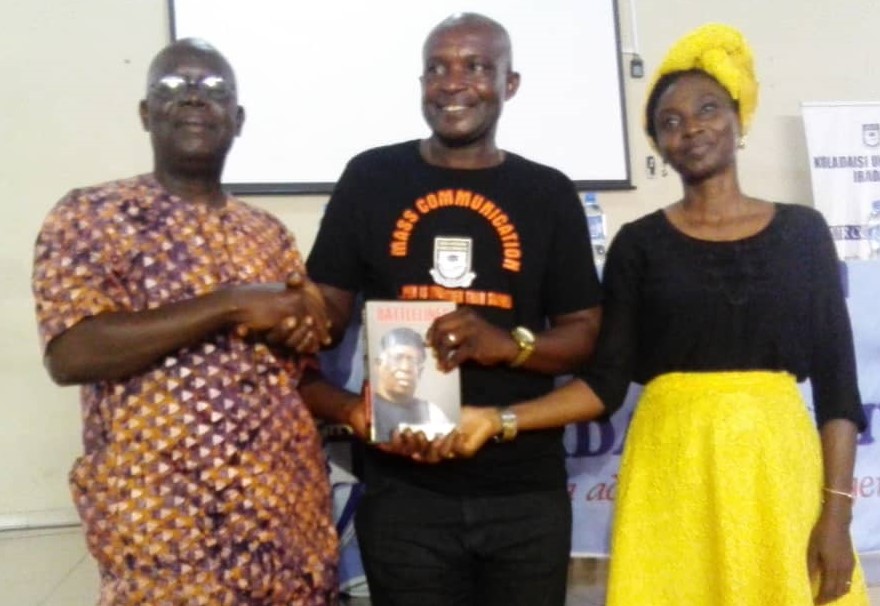
The proliferation of the Internet and smartphones has brought significant changes to the media landscape since the turn of the 21st century. This has created a shift in the consumption of print media channels, as people increasingly consume news through e-readers, smartphones and other personal electronic devices, as opposed to the more traditional formats of newspapers, magazines or television and radio news channels.
CHALLENGES
The challenges have equally been enumerated above, but it should be noted that a fundamental challenge for social media users is that mis- and disinformation typically looks exactly the same as real news in your feed.
However, a practicing journalist with passion for the profession should be cautious and mindful on the need to grow a thick skin, because the unfortunate truth is that there are a lot of forces working against professional journalists, including long hours and a job that often seems thankless. And that is only the beginning.
The good news is that for every difficult part of the job, there is always a solution or at least a way to make the challenges a little easier to deal with. Here are three of the most frustrating hurdles for journalists and the ways to fly over them.
*Since smartphones exploded onto the scene, starting with the iPhone in 2007 and Android in 2008, there has been a shift in the way people consume news, and that is via online (both print and electronics).
To keep up with this trend, journalists need to make sure their stories are optimized for social channels. Not only will they be more competitive by breaking news faster, but they will also take advantage of the global reach of social channels.
One of the keys to getting stories in front of the most people is by utilizing the juiciest, most relevant words in news stories and hash-tagging them. Adding that single symbol to the front of keywords may seem like a small effort, but it has a big payoff: it automatically posts the news story onto a dedicated page with all the other social media posts that have used the same hashtag. Hashtags are a quick way to have a big impact with just one character: #.
Remember to find a happy medium in your news hashtags. On one side there are very commonly hash-tagged words, which will end up in a post getting quickly buried; on the other side are overly specific hashtags, which would not be used by anyone else and have little chance of getting seen.
For instance, if there is a breaking of story about a drought in California, using “#water” would not get much traction, but using “#droughtinsoutherncalifornia” is too specific and long so it is not likely that it will be used by many people. Going with something like “#calidrought” has the right balance to be used by lots of people.
However, let me quickly add this, fake news cripple the nation, it may cause unending war. For example, it was fake news that caused 1963 civil war in Nigeria, and the end result was massacre.
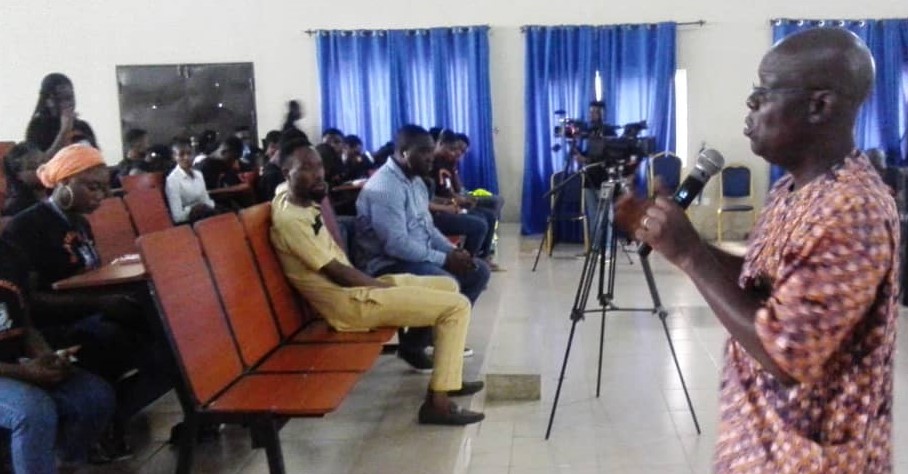
Government should also avoid unnecessary propaganda, which today in Nigeria is almost becoming order of the day and causing sleepless nights for citizens, and also forcing some of the opposition to engage in fake news manufacturing and spreading
In conclusion, being a journalist has plenty of challenges, but there are ways to streamline the workflow. By using the tools that I have outlined, today’s journalists can navigate around roadblocks and be the first to break news stories.
On this final note, I want to thank you for religiously listening to the lecture, and say God bless you all
Reference:
American Press Institute
Wikipedia
Trint eGuide for journalist
Dimeji Kayode-Adedeji is renowned journalist and Founder of Penpushing Media
FOOTNOTE: You want to share story with us? You want to advertise with us? You need publicity/live coverage for product, service, or event? Contact us on WhatsApp +2348073463653 or email [email protected]


